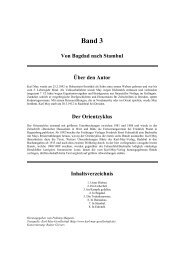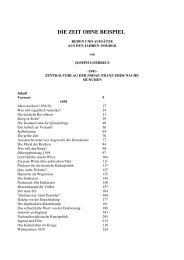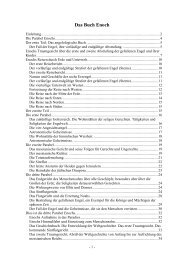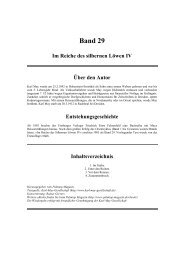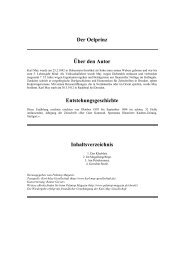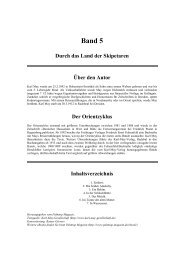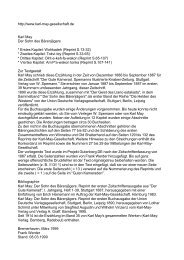Hitler's Baby Division
Hitler's Baby Division
Hitler's Baby Division
Create successful ePaper yourself
Turn your PDF publications into a flip-book with our unique Google optimized e-Paper software.
<strong>Division</strong>,” derisively in radio broadcasts and propaganda leaflets, suggesting<br />
the milk bottle as its tactical symbol. Hitler, nonetheless, believed his<br />
youngsters would fight “fanatically” and predicted that the enemy would be<br />
“struck with wonder.” 26<br />
By mid September most divisional sub units had been formed and<br />
training within them was proceeding smoothly. Some 16,000 boys had<br />
reported, although most equipment was still missing. At the end of<br />
September when the division had reached nearly full strength, it still had not<br />
acquired adequate medical services. Some sixty doctors and fourteen<br />
dentists, all former HJ members serving in various military units, were<br />
extracted by complicated negotiations among HJ, SS and OKW officials. Their<br />
services were overdue, for the type of training practiced by the SS seemed<br />
to result in many minor accidents, especially since they were dealing with<br />
extremely young soldiers. The chief of Armored Troops West, Geyr von<br />
Schweppenburg, complained at one point that there was a lack of adequate<br />
training in first aid. More serious diseases plagued some units. The Engineer<br />
Battalion, for instance, reported six cases of infectious hepatitis, eight<br />
cases of diphtheria and two cases of scarlet fever in a single month. Yet, at<br />
the end of October, the division was designated a full-fledged armored<br />
division, instead of an armored infantry division, and a few days later Hitler<br />
ordered that it be fully equipped immediately. 27<br />
In his post-war memoir Kurt Meyer claimed that the youthfulness of<br />
the division was taken into consideration. New training methods “based on<br />
the traditional German youth movement” had been used instead of normal<br />
military practice. Convivial relationships between men and officers had been<br />
encouraged and close ties to parents and home were maintained. There had<br />
been no time for unnecessary drill or parade ground marching, since<br />
20



